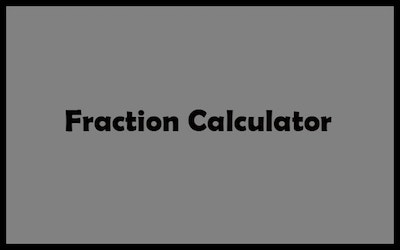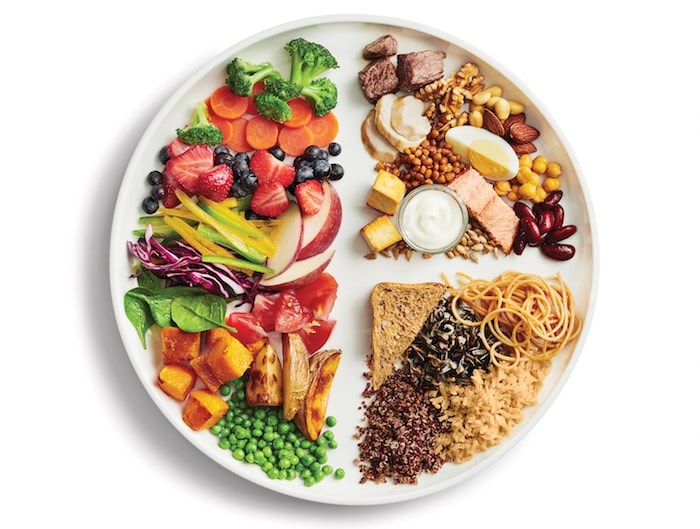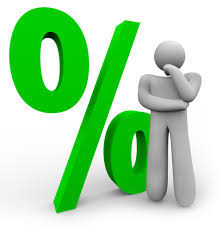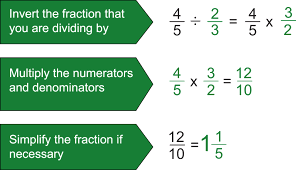The majority of parents are aware that cooking with kids can be amusing and that it also helps them eat more wholesome food, but are you aware that young minds can also learn from the cooking process? In this article, we will explain how acquiring cooking skills also helps kids acquire life and academic skills.
Check out the decimal to fraction calculator
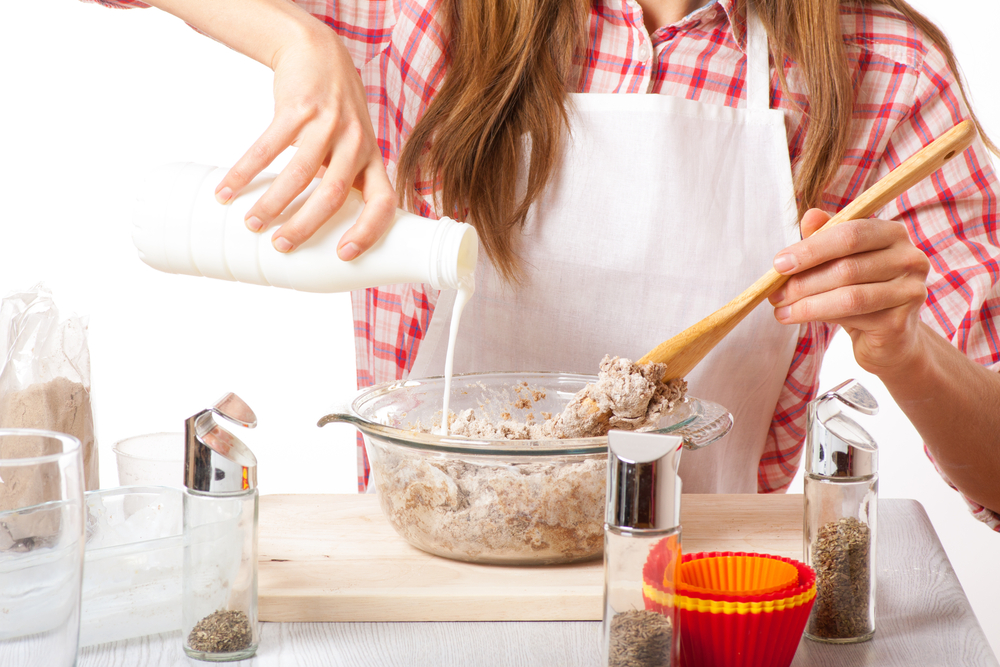
When children cook, they practice skills through many disciplines, such as:
- Science
- Social studies
- Math
- Physical/tactile motor skills
- Problem-solving
- Art
- Business/financial literacy
From cooking, kids can learn lots of mathematical concepts. They develop early mathematics skills, in particular fractions.
Why It Is Significant for Fractions To Be In Your Kitchen
For the most part, fractions are not introduced in the preschool and early elementary school years. In order to provide an opportunity for children to get a “taste” of fractional thinking, building a foundation for this type of mathematical processing is important. It is crucial to provide children with real-world examples in learning fractions, as well as to provide some rationale behind their thinking from cognitive, developmental, and culinary arts viewpoints.
Math in the kitchen is a necessity when it comes to following instructions, measuring, and dividing. Therefore food preparation is an opportunity to apply mathematics concepts to real-life situations.
Use the fraction to percentage calculator for free
Visual Models
In order to help develop a conceptual understanding of fractions, children benefit from working with visual fraction models. These models help to analyze one fractional whole at a time. It helps children to be able to state and identify each fractional part as a whole.
For instance, use visual models when learning about fourths, so, that one out of four partitions is 1/4, while three partitions are 3/4, and that 4 fractional partitions make the whole (4/4 = 1).
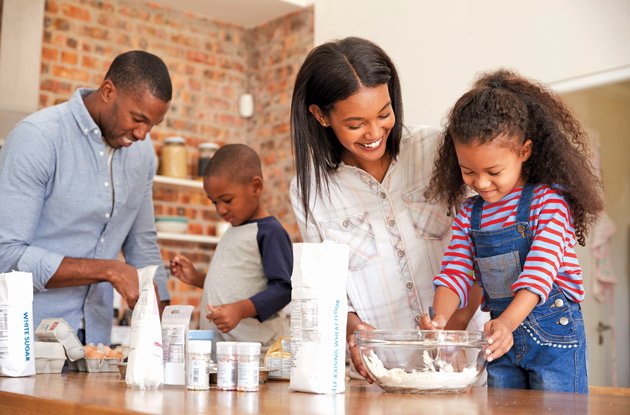
Making Visual Fraction Models While Cooking
Using food during cooking, like cutting pizza into quarter parts can give an opportunity for enrichment in math. Kids can learn math lessons by splitting recipes to feed a small company. Let’s say children are making onion soup. One soup recipe produces four bowls of soup. But we only need to feed the two people. Parents/caregivers can help juniors understand that we can still follow the recipe by dividing each ingredient in half.
The more frequently caregivers identify, name, and write fractional parts as members of whole entities, the more children will comprehend that the sum of the parts equals a whole. So, practice makes perfect.
Measuring With Fractions
Usually, our kitchens are filled with measuring means. You probably have a series of wet and dry measuring cups if your kitchen is well-stocked. So, you can use these tools to your benefit.
You can take the opportunity to teach a mini fraction lesson if you are working with a recipe that requires 1 cup of flour. Collect the 1 cup measure and gather the 1/4 cup measure as well. Communicate with your child that 4 of their 1/4 measures is equivalent to your 1 cup measure. By putting in four 1/4 cups of flour, kids have more actions to accomplish, and by that they will gain an understanding that quantity can be expressed in more than one way.
Learning By Doing
We are moving in space and interacting with tools through what is called embodied cognition when thinking about ourselves in the kitchen. This is the theory that highlights mental “simulation and organization of bodily experience.”
Because children are experiencing the processes of cooking with their hands and other senses, such haptic actions as grasping, chopping, touching, etc., in the kitchen have a positive effect on the learning experience. Children have a better understanding that 1/3 = 3 parts of a whole when measuring and dumping 1/3 a cup of corn 3 times to make 1 cup. In this case, children are acting the math out with their bodies.
Check out our fraction calculator
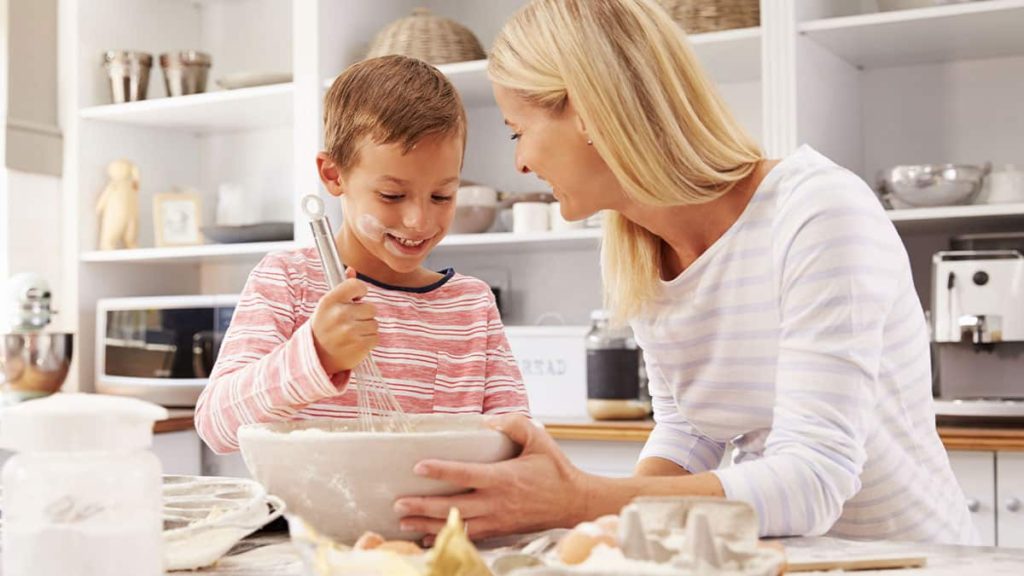
Practicing Number Recognition In Fractions
Parents help their child to practice recognizing numbers when they ask to get a 1/2 teaspoon and explain to look for the one with a 1 over a 2. This action help children to learn that “a half” is “1/2″ and generally what the numerals 1 and 2 look like. Abstract thinking skills start to develop in children when they begin to recognize the label on the measuring spoon as both a number and a fraction.
Once again, practice makes perfect, the more often you give your children an opportunity to use tools in dividing ingredients, the more they will benefit mathematically. It is important for parents to start thinking centered on the child, then work outwardly.
